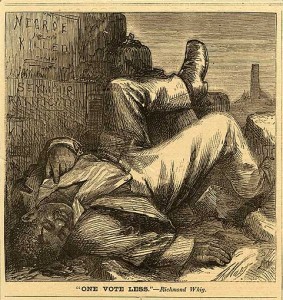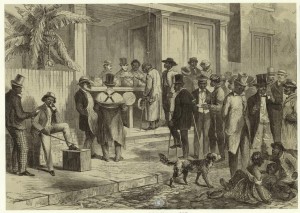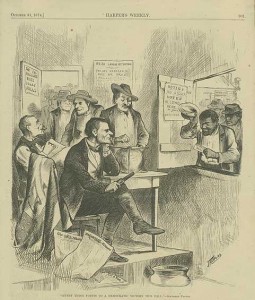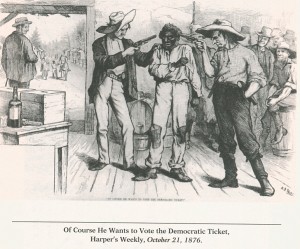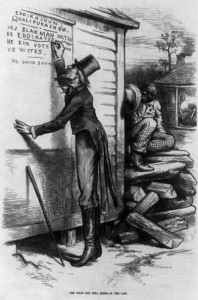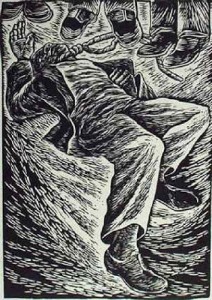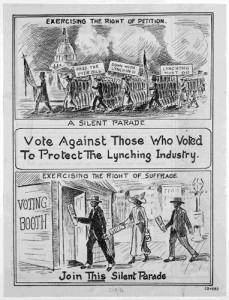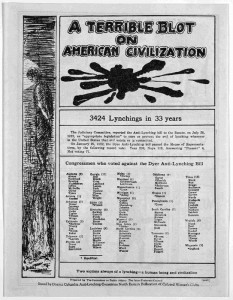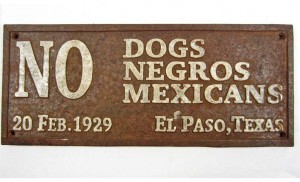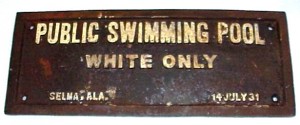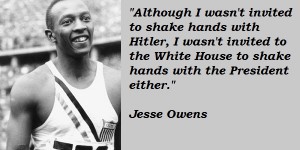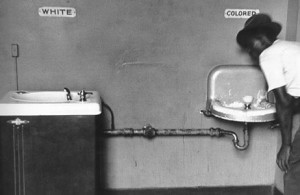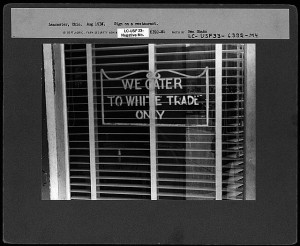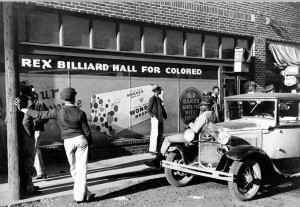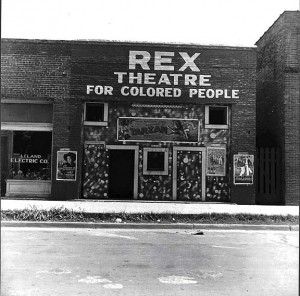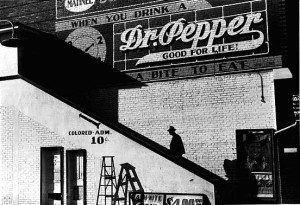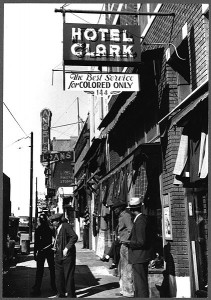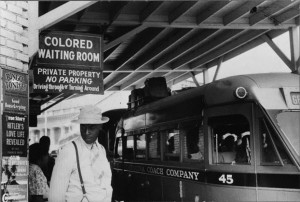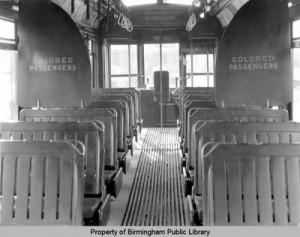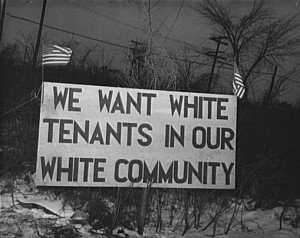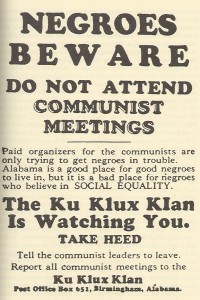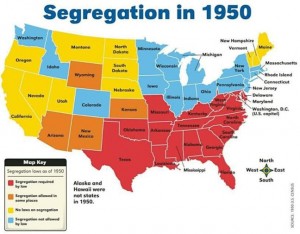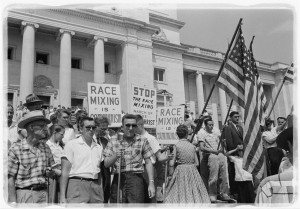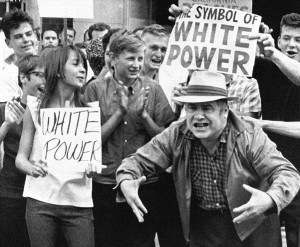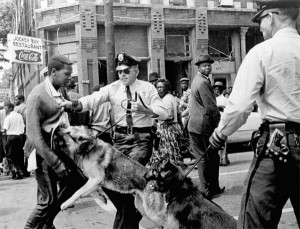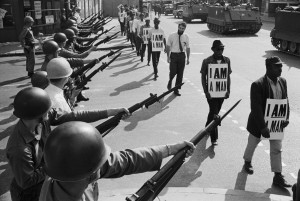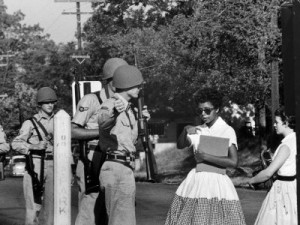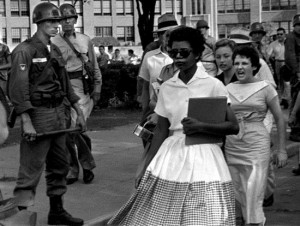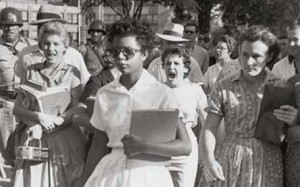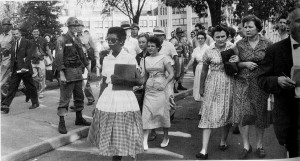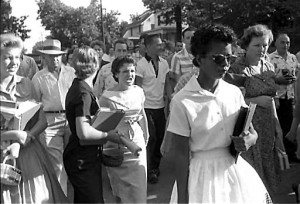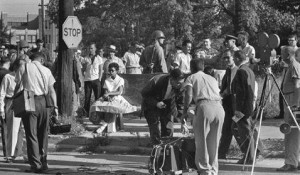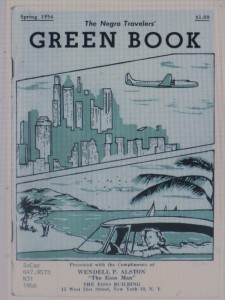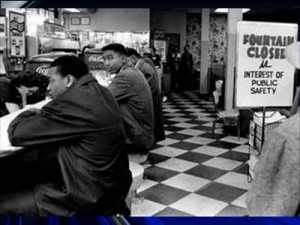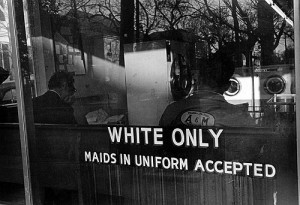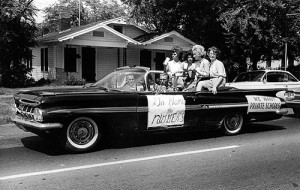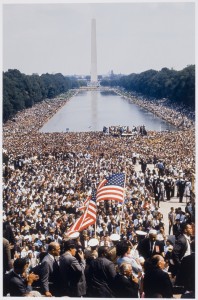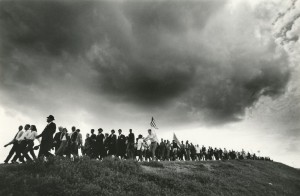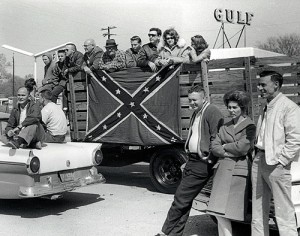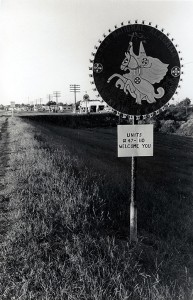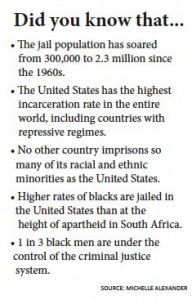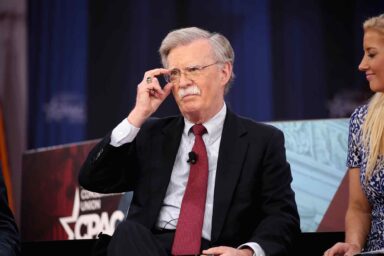In honor of Martin Luther King Day, WhoWhatWhy looks back through the history of American racism, at the kind of hatred and atrocities that spurred King into action. Rather than the stuff of dreams, much of it was from a living nightmare.
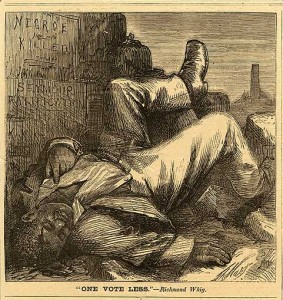
The life of Martin Luther King, Jr. was short. He was born in 1929 into a racist, hate-filled society with entrenched bigotry enforced by uncivilized laws. But, like Mohandas Gandhi, who took back his country from the British, MLK forced change on the United States through his inspired use of nonviolent resistance.
King had guts. Think of the courage it took for him, and for those who were with him, to work the front lines. As he explained in 1957 in the journal Christian Century:
This is not a method for cowards; it does resist. The nonviolent resister is just as strongly opposed to the evil against which he protests as is the person who uses violence…
Nonviolent resistance does not seek to defeat or humiliate the opponent, but to win his friendship and understanding. The nonviolent resister must often express his protest through noncooperation or boycotts, but he realizes that noncooperation and boycotts are not ends themselves; they are merely means to awaken a sense of moral shame in the opponent. The end is redemption and reconciliation. The aftermath of nonviolence is the creation of the beloved community, while the aftermath of violence is tragic bitterness…
This method is that the attack is directed against forces of evil rather than against persons who are caught in those forces…
Nonviolent resistance avoids not only external physical violence but also internal violence of spirit. At the center of nonviolence stands the principle oflove.
Six years later, on August 28, 1963, he gave one of the greatest, most electrifying speeches ever delivered in America. This is how his rousing oration ended:
I say to you today, my friends, so even though we face the difficulties of today and tomorrow, I still have a dream. It is a dream deeply rooted in the American dream.
I have a dream that one day this nation will rise up and live out the true meaning of its creed: ‘We hold these truths to be self-evident: that all men are created equal.’
I have a dream that one day on the red hills of Georgia the sons of former slaves and the sons of former slave owners will be able to sit down together at the table of brotherhood.
I have a dream that one day even the state of Mississippi, a state sweltering with the heat of injustice, sweltering with the heat of oppression, will be transformed into an oasis of freedom and justice.
I have a dream that my four little children will one day live in a nation where they will not be judged by the color of their skin but by the content of their character.
I have a dream today.
I have a dream that one day, down in Alabama, with its vicious racists, with its governor having his lips dripping with the words of interposition and nullification; one day right there in Alabama, little black boys and black girls will be able to join hands with little white boys and white girls as sisters and brothers.
What he wanted seems so simple, so natural, and so heartbreakingly normal.
One year later, on December 10, 1964, he received the Nobel Peace Prize. At the age of 35, he was the youngest man ever to have received it. Can you think of anyone who deserved the Nobel Peace Prize more than he did?
On April 4, 1968, Martin Luther King, Jr. was assassinated.
Below we present a brief history, told in eloquent images, of what gave rise to Martin Luther King’s crusade and kindled his dream of a better life for everyone.
Freedmen Voting in New Orleans, 1867 Picture not credited.
White Citizens League Barring Black Voters From Harper’s Weekly, October 31, 1874
The Two Platforms. The Republican Party was the party of Abraham Lincoln.
“Of Course He Wants to Vote the Democratic Ticket,” Harper’s Weekly, 1876
“Eddikashun qualifukashun. The Black man orter be eddikated afore he kin vote with US Wites, signed Mr. Solid South.” Harper’s Weekly, January 18, 1879
Illustration by Merton Witten, 1937
Linocut by Elizabeth Catlett, 1946
Vote Against Supporters of Lynching Industry, 1922
Anti-Lynching Flyer circulated around 1922.
No Dogs, Negros, Mexicans. Martin Luther King, Jr. was born the same year.
Public Swimming Pool, White Only, 1931
Martin Luther King, Jr., at age 7 in 1936, the year Jesse Owens won Olympic gold.
Jesse Owens, Olympic Gold Medalist, 1936
Separate and unequal, even the water fountains.
“We Cater to White Trade Only,” 1938, Lancaster, Ohio (NOTE: Lancaster, Ohio, is in the North.)
“Rex Billiard Hall for Colored,” Memphis, Tennessee, 1939
Rex Theatre for Colored People
Colored Only Entrance to a Movie Theater, Belzoni, Mississippi, 1939
Colored Waiting Room, Durham, North Carolina, 1940
Section for “Colored Passengers” From America’s Black Holocaust Museum
“We Want White Tenants Only in Our White Community.” Detroit, 1940
The resistance to integration continues.
A police dog attacks a demonstrator in Birmingham, Alabama, in 1963.
Kill her! Kill her!
On September 4, 1957, Elizabeth Eckford, age 15, and eight other African American students—known as the Little Rock Nine—tried to enter a high school in Little Rock, Arkansas. Elizabeth was supposed to join the others so they could go to school together, but she didn’t get the message. So she went on alone. This is what happened.
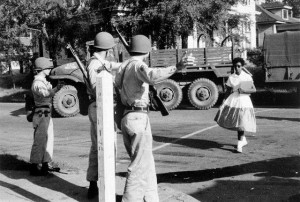
Elizabeth approaches the guards.
“When I arrived the school, I went up to a guard. But the National Guard didn’t allow me to enter the school. I didn’t know what to do. I walked until I was right in front of the path to the front door.”
.
“The crowd was quiet. They were waiting to see what was going to happen. When I tried to enter, they raised their bayonets. They glared at me and I was very frightened.I turned around but the crowd came to me. They moved closer and closer. They started to revile, and blame me. They were shouting, ‘Kill her! Kill her!’”
“I tried to see a friendly face, someone who maybe would help. I looked into the face of an old woman and it seemed a kind face, but when I looked at her again, she frowned to me. I turned back to the guards but their faces told me I wouldn’t get any help from them. It was hell…”
.
“Then I looked down the block and saw a bench at the bus stop. I don’t know why the bench seemed a safe place to me, but I started walking toward it. I tried to close my mind to what they were shouting and kept saying to myself ‘If I get there, I can be safe’…”
The Negro Travelers’ Green Book, 1956
“. . . to give the Negro traveler information that will keep him from difficulties, embarrassments, and to make his trips more enjoyable.”Esso, one of the few gas companies that would sell franchises to black entrepreneurs during that period, was a sponsor of the Negro Green Book and gave away copies at some of its stations. Esso’s Special Representative Wendell Alston wrote in an introduction to the 1949 edition, “The Negro travelers’ inconveniences are many and they are increasing because today so many more are traveling individually and in groups. The GREEN BOOK with its list of hotels, boarding houses, restaurants, beauty shops, barber shops and various other services can most certainly help solve your travel problems.”
New Orleans, 1963 Photo by John Kouns
“Go Home Niggers” Response to School Integration, Birmingham, Alabama, 1963.
Photo by John Kouns.
March on Washington for Jobs and Freedom, August 28, 1963. Here, King gave his “I have a Dream” speech. Photo by Paul Schutzer.
Selma-to-Montgomery March for Voting Rights, 1965 Photo by James Karales
White Protesters View the Selma March, 1965. Photo by John Kouns
KKK Sign on Highway to Selma, Alabama, 1965. Photo by John Kouns. Is the Klan still welcome in 2015?
Michelle Alexander, author of “The New Jim Crow” (2010)
[box]WhoWhatWhy plans to continue doing this kind of groundbreaking original reporting. You can count on it. But can we count on you? We cannot do our work without your support.
Please click here to donate; it’s tax deductible. And it packs a punch.[/box]
